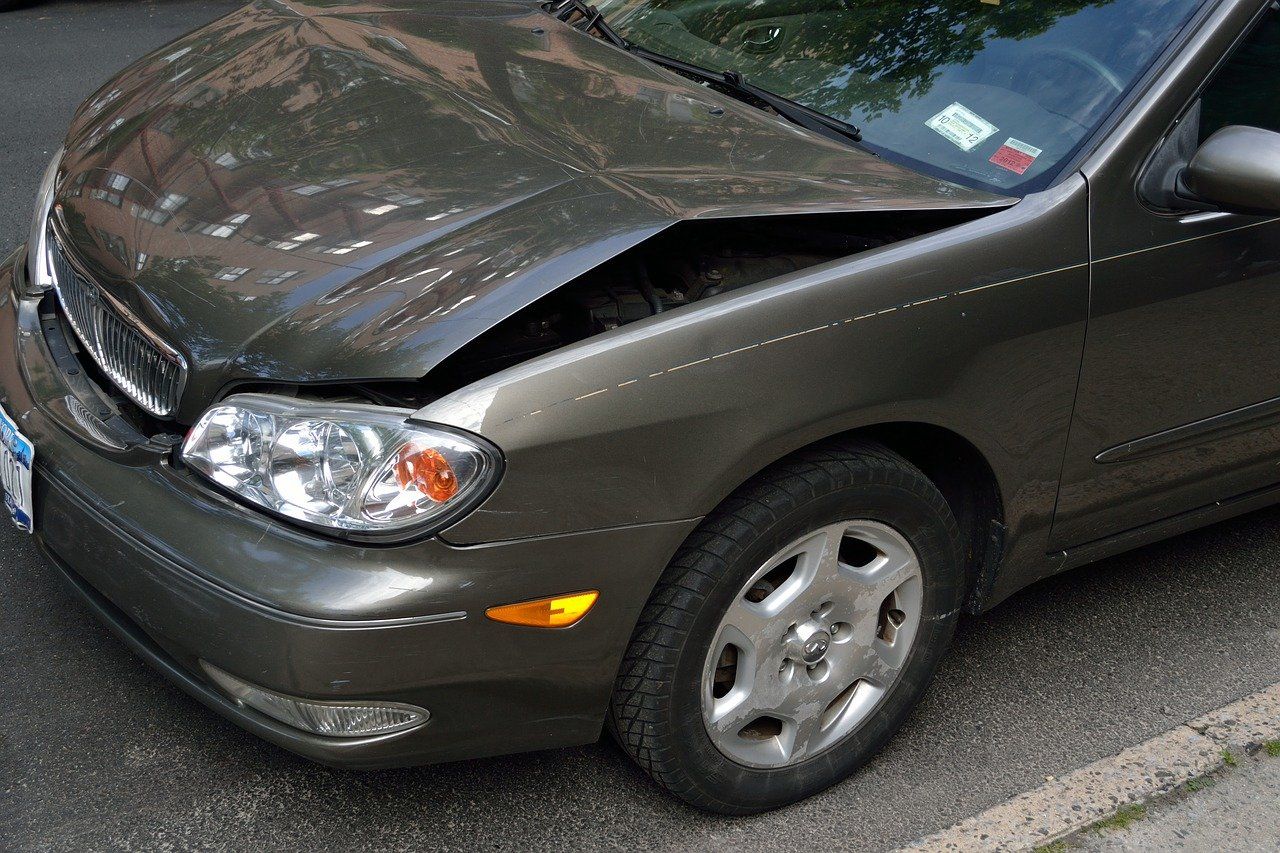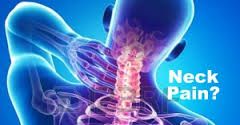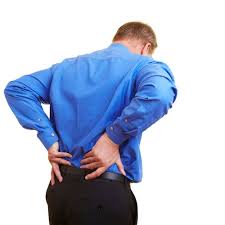CAR ACCIDENTS AND NECK PAIN
- By Dr. Malcolm Williams
- •
- 14 Jan, 2019
- •
Part 1: What happens to the neck during an accident?



Those who have been in a car accident, may immediately do a quick body scan to see if they have sustained any life-threatening injuries, and then probably move on to dealing with the scene itself. The police may be called, information is to be exchanged with the other driver, evidence should be gathered, and car insurance companies must be contacted. Victims of car accidents may believe they feel fine in the moment after a crash and simply got lucky. However, in the days that follow symptoms may start to appear and medical attention is needed. Seeing a chiropractor after a crash can have more physical and legal benefits than most people realize.
#1 Whiplash is Treated Sooner
Even the smallest of car collisions can cause some degree of whiplash. The sooner that mild to severe cases of whiplash are treated, the less of an issue it may be in the future. If a person ignores their whiplash symptoms and hopes it heals on its own, may make it harder to treat down the line once the pain has become intolerable. While a conventional doctor may prescribe painkillers and send a patient on his or her way for a whiplash injury, a chiropractor can address the true issue behind the damage.
#2 Other Injuries Can Be Identified
Chiropractors can perform a full-body evaluation to determine whether other injuries were sustained other than superficial cuts and bruises. Sometimes these external abrasions can be an indicator that something more serious occurred under the surface. It isn’t uncommon for victims of car accidents to suffer from muscle and ligament tears, which can go undetected in an x-ray. Chiropractic treatments can help decrease pain associated with a wide range of injuries due to car crashes.
#3 You Have a Stronger Legal Claim
If the other driver was at-fault for the accident, their insurance company may be responsible for paying your medical care bills. If your claim is still open, visit a chiropractor as a way to treat your injuries and strengthen your claim. A chiropractor can provide an assessment of your condition to emphasize the extent of your injuries. A reputable car accident lawyer can also help you with your legal claims.
#4 Adjustments Can Prevent Chronic Conditions
Injuries from the accident which go untreated, may only get much worse in the long-term. What could have been treated and gotten better right away, may develop into a chronic condition without proper medical attention. Chiropractics is a safe and non-invasive way to treat injuries of the nervous and musculoskeletal system. During a chiropractic treatment, areas that became misaligned due to the impact of the collision, can be placed back into correct positioning using applied and direct, yet gentle force. A chiropractor may use two hands or a specialized tool as a way to adjust the spinal column, knees, wrists, pelvis, shoulders, neck, or other injured areas. Victims of car accidents are encouraged to visit a reputable chiropractor in their town for an exam, diagnosis, and treatment plan.
Thanks to Cohen & Cohen, P.C. , for their information on car accidents.










